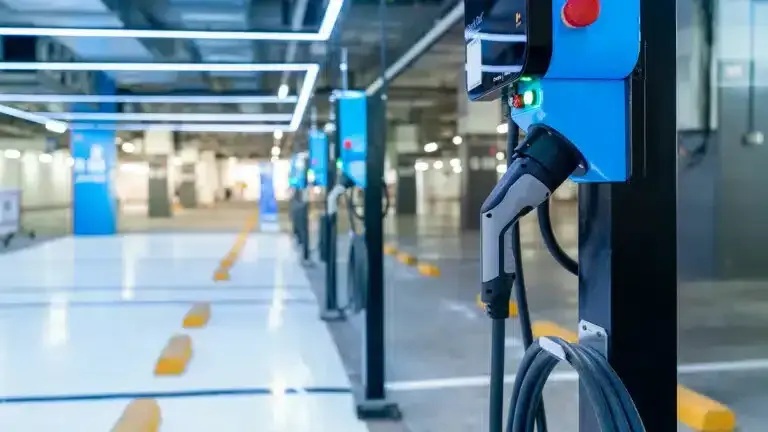Introduction
As electric vehicles (EVs) become increasingly common, the demand for convenient, accessible, and reliable charging infrastructure is soaring. Public China EV chargers have become a vital part of this shift, bridging the gap between home charging and long-distance travel, and enabling communities to adopt greener transportation options.
From bustling shopping malls and cozy restaurants to busy hotel parking lots and highway rest stops, public charging stations offer far-reaching benefits beyond just powering vehicles. They enhance commercial properties, improve customer experiences, support sustainability goals, and create new revenue streams for forward-thinking businesses. However, they also introduce challenges that must be managed as we accelerate toward electrified roads.
In this article, we’ll explore the advantages and drawbacks of public EV chargers, how businesses and property owners can leverage them for growth and environmental impact, and tips for EV drivers on choosing the right public charger.
The Pros of Public EV Chargers
1. Increased Accessibility and Convenience
Public EV chargers ease range anxiety—the worry of running out of battery before finding a charging point—which remains a major barrier for many potential EV owners. Strategically placed chargers in high-traffic areas let drivers recharge during everyday activities like shopping, dining, or overnight hotel stays. This convenience encourages longer visits, benefiting retailers and boosting property appeal.
2. New Revenue and Enhanced Customer Retention
Many public charging stations operate on pay-per-use or subscription models, generating direct income for businesses. By attracting EV drivers who spend more time on-site, venues such as cafes or shopping centers can increase sales. Partnering with charging network operators can also offset installation and maintenance costs, making it a financially rewarding investment.
3. Supporting Sustainability Goals
Public EV chargers promote zero-emission driving, reducing greenhouse gases, air pollution, and improving urban health. Installing charging infrastructure demonstrates a commitment to environmental responsibility and can enhance a company’s brand image, appealing to eco-conscious customers.
4. Increasing Property Value and Future-Proofing
Properties with EV charging infrastructure become more attractive to tenants, customers, and investors. With government incentives easing installation costs, integrating chargers now is a smart investment to stay competitive as EV adoption grows.
The Cons of Public EV Chargers
1. Grid Capacity and Infrastructure Needs
High-powered chargers can strain local electrical grids, requiring costly upgrades. Coordinated planning among utilities and businesses is essential to manage this demand.
2. Electricity Costs and Pricing Complexity
Fluctuating electricity prices affect profitability, and dynamic pricing models may confuse users. Transparency in billing is critical to maintain trust.
3. Limited Availability and Charging Spot Competition
Busy locations may have wait times for chargers, causing inconvenience and frustration. Real-time availability apps help but expanding infrastructure remains key.
4. Compatibility and Interoperability Issues
Not all EVs use the same plugs or charging speeds. Offering multiple connector types and educating users helps ensure smooth charging experiences.
Choosing the Right Public EV Charger
- Know the Charger Levels:
- Level 1 (120V) is slow, mostly for emergencies.
- Level 2 (240V) offers a good speed-cost balance, ideal for places where vehicles park for hours.
- Level 3/DC Fast Charging delivers rapid top-ups, perfect for highways and long-distance travel.
- Check Connector Types:
- Ensure compatibility with your vehicle’s plug—common ones include SAE J1772, CCS Combo, and CHAdeMO.
- Tethered vs. Untethered Chargers:
- Fast chargers usually have built-in cables; some Level 2 chargers require you to bring your own cable, so it’s wise to carry one compatible with your EV.
Looking Ahead
Public EV charging stations are essential for the shift to sustainable transportation. Despite challenges like grid demands and cost management, their benefits to drivers, businesses, and the environment are clear.
Advances in smart charging, renewable energy integration, and network expansion will continue to ease range anxiety and improve convenience. For property owners, investing in public chargers today means embracing tomorrow’s mobility landscape—boosting sustainability, customer engagement, and business growth.
For drivers, more widespread chargers translate into freedom, convenience, and confidence on the road.
Together, we’re powering a future where clean electric mobility is accessible for all—one charger at a time. Learn more about Google SEO.





Comments